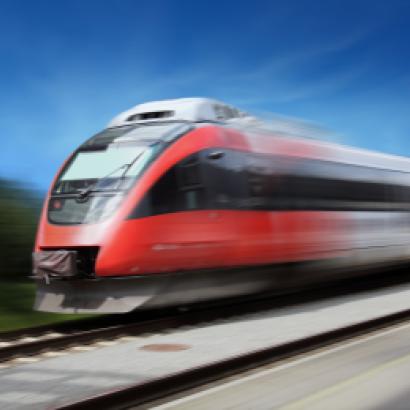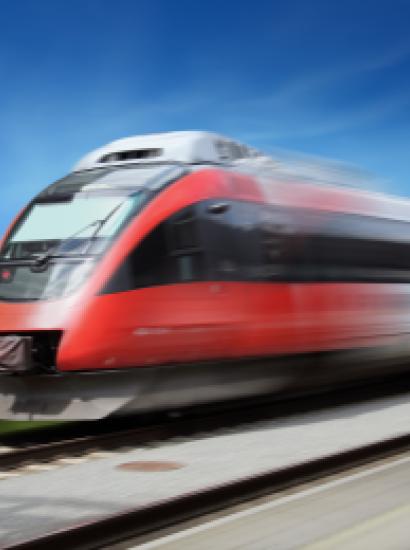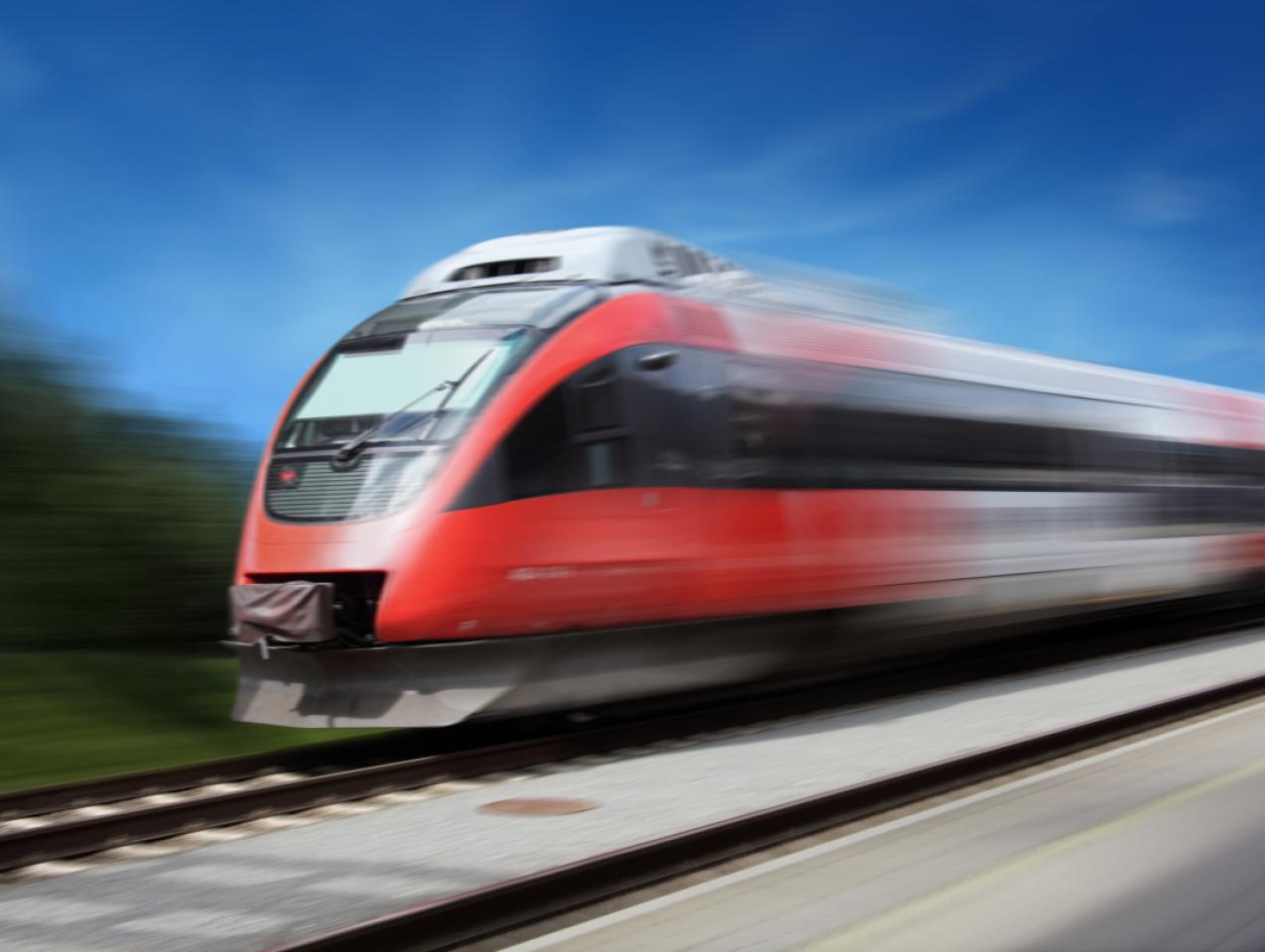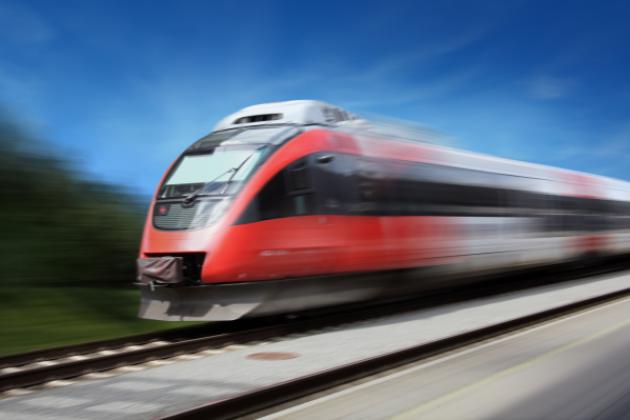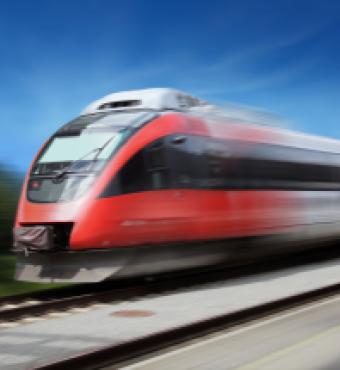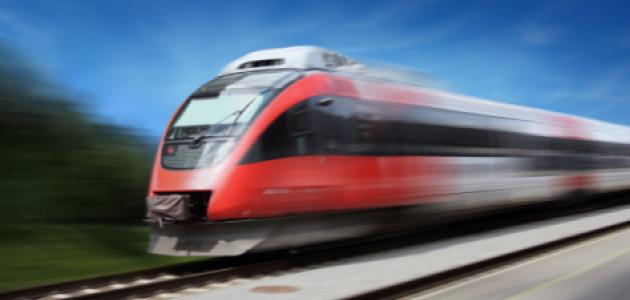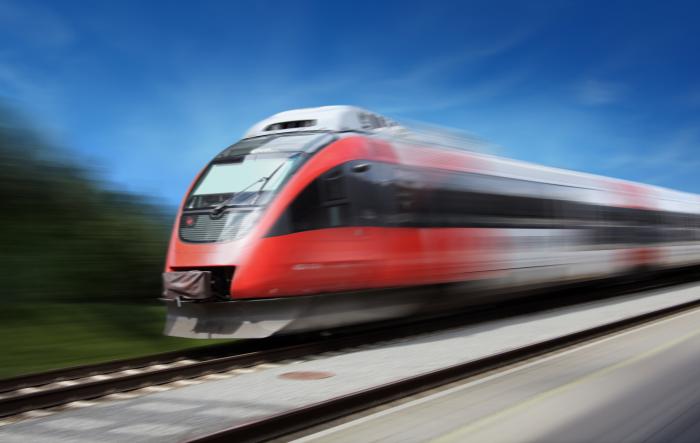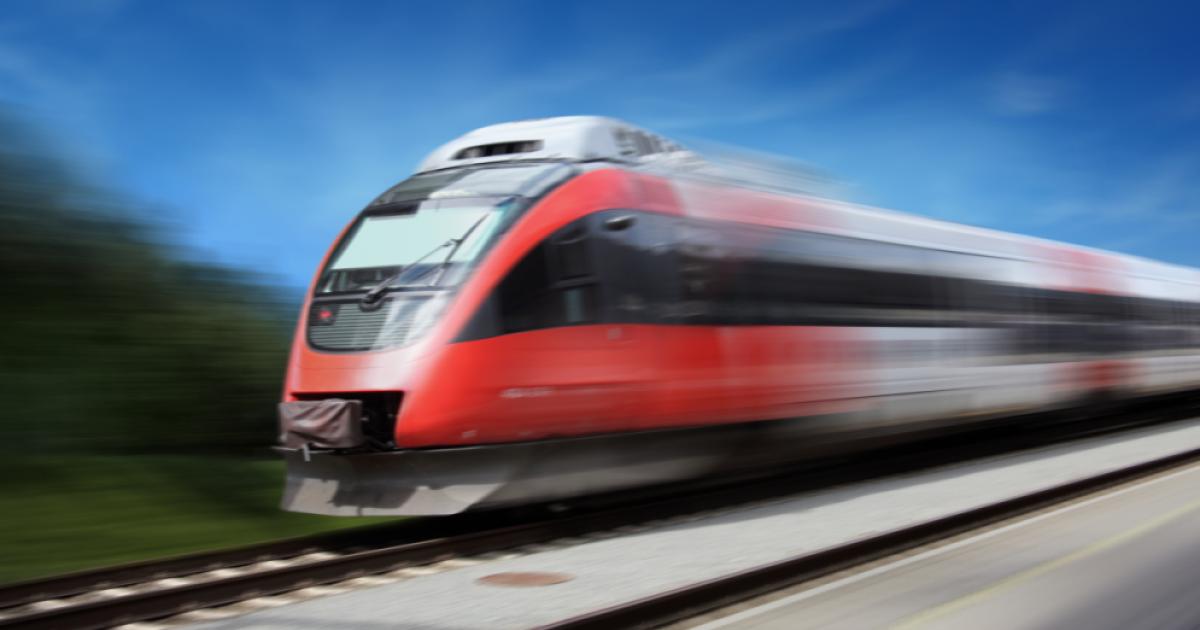- California
- Budget & Spending
- Empowering State and Local Governance
In 2008, Californians voted for a $9.95 billion bond with the promise of a modern high-speed rail (HSR) system that would enable travel between San Francisco and Los Angeles in under three hours, at a projected cost of $33 billion. Californians were told that if they provided seed money, private investors and federal money could do much of the rest to deliver transformative 21st century infrastructure to a state that would soon face enormous travel congestion problems for a population expected to grow to 50 million.
Seventeen years later, the project is drastically behind schedule, far over budget, and shrinking in scope to the point that those who voted for it in 2008 wouldn’t recognize today the elements they had originally endorsed—they should be very upset about the deeply flawed evolution of this project. It is reported that more than $15 billion has been spent and the bond money is gone, but passengers haven’t ridden a single mile as no single mile of track has been laid. And the enormous population growth that was predicted to overwhelm California’s transportation systems never happened.
Last month, the Federal Railroad Administration (FRA) issued a notice of intent to terminate $4 billion in federal grants to the California High-Speed Rail Authority (CHSRA), citing persistent delays, financial shortfalls, and failure to comply with some terms of the funding agreements. The CHSRA filed two rebuttals to salvage the federal grants, asserting that construction is advancing, that timelines remain viable, and that the FRA’s analysis reflects political biases. The FRA wasn’t convinced by CHSRA’s rebuttals and is now proceeding to withdraw the $4 billion in grants. In response, CHRSA is filing a lawsuit against these cancellations, alleging that the FRA’s decision is political and that the project merits retaining federal funding.
But even a favorable reading of CHSRA’s defense fails to concretely explain how the Authority will complete the scaled-down project, let alone revive the original vision that was promised to voters. The problems at hand with high-speed rail are not political—they are structural and have been part and parcel of the project since 2008. The FRA’s decision to defund is founded on a chronic pattern of overpromising and underdelivering that has eroded credibility to the point where there is none left. Federal infrastructure funds are scarce, and federal oversight must ensure that they are being invested in realistic, high-return projects.
According to the FRA’s compliance report, CHSRA has consistently missed critical project milestones, including the selection of a trainset vendor—originally scheduled for December 2024. As of mid-2025, that procurement process has been reopened entirely, with no clear path to resolution. Beyond delays, project finance has deteriorated further. Even the reduced “Early Operating Segment,” running 171 miles between Merced and Bakersfield, faced a $7 billion shortfall in March, well before the FRA’s decision. And it is hard to believe that the private investors the CHRSA is courting will come aboard, so to speak. Investors didn’t provide funding in 2008 when the project was approved and had significant momentum, so it’s difficult to see how they would invest now, given the project’s track record.
The significant narrowing of the project’s scope compounds the problems facing HSR. The once-grand 800-mile vision is currently a 171-mile route between Bakersfield and Merced that may cost $38 billion, and which is light-years from the system that voters were promised in 2008. The FRA suggests that this substantial retreat in the ambition of the project undermines the fundamental purpose of the original federal grants.
It is unreasonable to argue against this because there simply is no way that 2008 voters would have approved of a $35–$38 billion Bakersfield to Merced project that the FRA believes will not be finished in 2033. And it just isn’t the FRA who believes the route won’t be finished by then. CHSRA’s inspector general, who provides oversight of the project, also doubts the viability of a 2033 completion. Realistically, just how many voters would conceivably have supported a project at that price point if it might not be completed 25 years later?
Lacking full funding, confirmed timelines, cost-effective budgets, and routes that are true to the original 2008 vision, the project has drifted over the last 17 years into an expensive albatross that realistically should not be continued, given the enormous importance of alternative public investments that are dearly needed, which include water storage and conveyance, repairing decaying K–12 schools, and upgrading the outdated electrical grid.
The CHSRA’s responses present defiance in place of the additional substance needed for the FRA to change their decision. These responses emphasize that 70 miles of guideway have been constructed, 54 major structures are completed, and nearly all right-of-way land acquisition is finished for the first phase. CHSRA also maintains it is still on track to launch service by 2033 and asserts that procurement delays are not uncommon in such large projects. Furthermore, the Authority argues that its funding position is stronger than it appears, pointing to ongoing cap-and-trade revenues and conversations with potential investors. It also criticizes the FRA for conducting its compliance review using undisclosed risk models and allegedly bypassing collaborative norms.
Yet none of these arguments directly addresses the FRA’s central concerns. Construction activity does not equate to operational readiness. Progress in completing overpasses and guideways is not a substitute for delivering a functioning, safe, and fully financed rail system. The trainset procurement process alone is of course an essential step without which revenue service is impossible. Optimism about future funding does not offset the shortfall in the project’s budget. And while CHSRA’s frustration with the review process may be legitimate, it cannot obscure the fundamental fact that the project is far from being true to what was promised to Californians, and that completing the Bakersfield to Merced route in isolation can’t realistically be justified. It lacks significant airport connections and does not connect with either Los Angeles or San Francisco, which were the central cities featured in the 2008 bond proposition.
These problems are not new. In 2013, a legislative oversight report warned of nearly all the same issues cited by the FRA. That report flagged CHSRA’s unrealistic timeline, weak cost control, lack of viable funding strategies, and poor coordination with local governments and contractors. It also warned that environmental permitting and project phasing were being approached haphazardly. In essence, the issues that killed federal support were predictable—and predicted—more than a decade ago.
Testimony at that report’s hearing included a statement that the project was shut down for two weeks because an endangered snake was run over by a vehicle (page 44). Rather than making corrections, CHSRA has largely continued on the same flawed path while chasing additional funding based more on hope than on sound fundamentals.
The FRA’s funding withdrawal is not about political bias. It is the culmination of nearly two decades of delays, broken timelines, enormous cost overruns, and broken promises. At its core, this is a credibility crisis that simply should not continue.
What we have created in 17 years is a partially built corridor through California’s Central Valley—one that is increasingly isolated from its original vision, its original completion date, and its original cost. At this point, the project is an expensive lesson about the limits of infrastructure by aspiration and how dysfunctional state governance allowed this project to continue far too long without resolving the many chronic problems that have plagued it.








